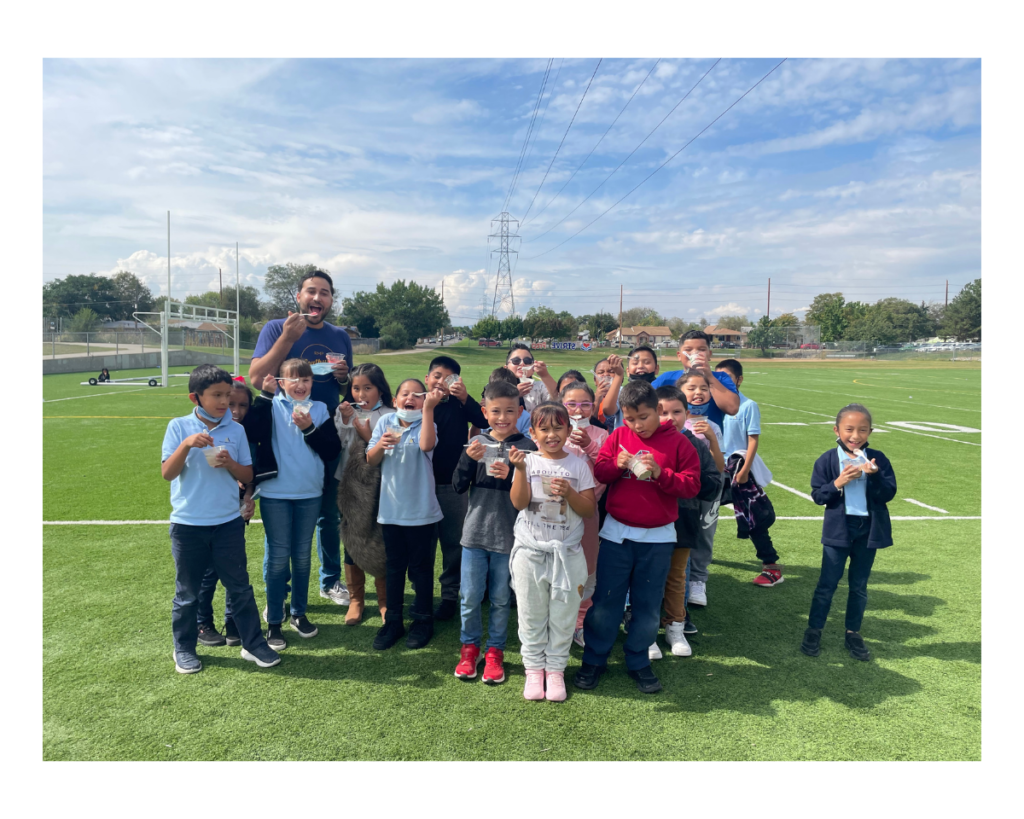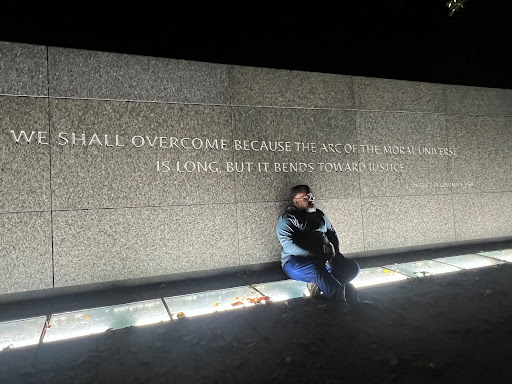Editor’s note: This article was written by Preston Ganaway, a third grade teacher at Rocky Mountain Prep Southwest. Preston was one of six educators recognized in August for supporting his students last year in achieving some of the highest math growth in the Rocky Mountain Prep charter school network.
I teach third grade. Motivating and engaging students, many of whom face enormous challenges outside the classroom, requires dedication, creativity and openness to effective new strategies.
One approach that has enabled me to better support my students’ learning is known as the Compass Circles model, which provides a framework for better understanding the many elements of their lives. This includes a “Student Circle,” teacher-facilitated discussions with students about their well-being.

When I first started leading Compass Circles, we were on Zoom due to COVID. There was a lot of anxiety around social interaction when we returned to school. A lot of care and personal time and patience were necessary to make the students comfortable opening up and expressing themselves.
When we went outside, we were able to sit around in a circle and when kids are next to each other and they’re in that circle they feel that personal energy and start to connect. It was a long process to get them to feel the meaning and the purpose of Circles. After all, we’re asking third-graders to sit for an hour and listen to each other. By the end of the year, kids were opening up and becoming connected and giving appreciation to each other.
In our Circles this year there is a whole new level of connection. Everyone wants to share. Everybody wants to participate and give appreciations and talk and share. We were able to jump in and engage from the very beginning.
An integral part of being an effective teacher is connecting with your students. Connecting and understanding your students goes far beyond Circles. It’s something that I try to implement throughout the entire school day; understanding kids, not just as students, but as children who are figuring out their interests. What makes them laugh? What makes them frustrated?
Understanding each student – their strengths, weaknesses and motivators – is extremely important for moving them academically. Understanding where my students are and being able to differentiate instruction benefits their academic success.
Each of my students is on a different point in a spectrum for how they are going to learn and how they’re going to progress. Some students need more rigorous work and more of a push. Some students need to have less work, but not less rigorous work.
Other students thrive off rote practice and doing things over and over again. And some kids thrive spending a lot of time on one problem. When addressing multiple reading levels, differentiating instruction allows me to target students’ current reading levels and focus on the highest leverage practices to impact their growth.
Students are beginning their new module on frogs and they are so excited to become experts on these amphibians. I am looking forward to teaching them skills of research and discovery that allow them to read to learn.
The most important element is getting students to think critically, and that can be difficult.
Consistency and establishing high expectations are critical, but so is providing support and understanding and motivating students. I want my students to recognize the value of success beyond getting rewards. The motivation must come from within, the satisfaction one gets from making hard-earned progress. My focus is on teaching students how to love learning.
When our students know that we are there for them 100 percent of the way, academic success will come. But it starts at the personal level. They are children with their own individual lives and their own wants and fears and aspirations. As a teacher, it’s my job to learn those and channel them in a way that is best for each student.
Education is not a cookie cutter system. We’re all different and everybody comes with different strengths and learning styles. Compass Circles helps with that, and it gives educators a pathway for achieving the best results for every student.




